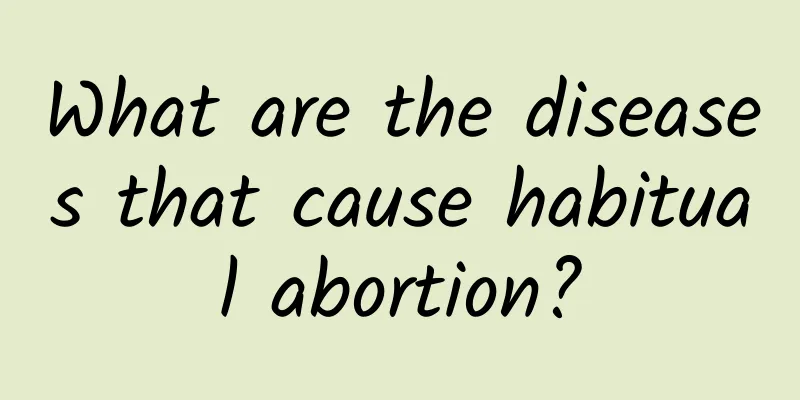What are the dangers of threatened abortion surgery?

|
Threatened abortion surgery is particularly harmful. Some women do not pay attention to pregnancy care and examinations, which leads to miscarriage and ultimately lifelong infertility. In fact, multiple miscarriages will affect women's reproductive function. It can be seen that the harm of threatened abortion is still very large. Therefore, women should pay attention to abortion and not take it lightly. So how big is the harm of threatened abortion? Post-abortion infection. It is one of the most common short-term complications of abortion. Post-abortion infection often occurs within two weeks after surgery and can be directly caused by the abortion operation. It usually leads to acute pelvic inflammatory disease, severe abdominal pain, which is persistent and can worsen in paroxysmal forms, accompanied by fever, chills, or yellow discharge. This is the main cause of lower abdominal distension and pain after abortion. During physical examination, the abdominal pain is resistant to pressure, and there is tenderness and rebound pain; gynecological examination shows cervical lifting pain and uterine body tenderness, and the tenderness is obvious. Most patients experience sudden and severe abdominal pain during perforation, but a few may not feel any obvious pain. Uterine perforation causes persistent abdominal pain and a small amount of vaginal bleeding. If the perforation is small and does not damage the bladder, rectum and other internal organs, and there is no internal bleeding, conservative treatment can be used. Uterine hemorrhage after painless abortion Uterine hemorrhage often occurs within a few hours after the abortion. The patient has unbearable abdominal pain. Gynecological examination finds that the uterus is significantly enlarged, soft and tender. At this time, it is necessary to perform curettage immediately to remove the blood in the uterine cavity, and give oxytocin and antibiotics for treatment. Warm reminder: The main manifestation of threatened abortion is vaginal bleeding, which can be divided into small amounts of bleeding and heavy bleeding, continuous bleeding and irregular bleeding. If vaginal bleeding occurs in the first three months of pregnancy, you should seek medical attention immediately, especially if vaginal bleeding is accompanied by pain. This requires special attention because it may be a sign of miscarriage. |
<<: What are the main hazards of threatened miscarriage in women?
>>: Common medication misunderstandings in patients with threatened abortion
Recommend
What happens if there is too much pelvic fluid?
Pelvic effusion is a very common gynecological di...
Do you know the dangers of vulvar leukoplakia?
Many female friends may be familiar with vulvar l...
Clinical manifestations of chronic cervicitis
Cervicitis is a common gynecological inflammation...
Expert advice: The best way to treat ectopic pregnancy
As an emergency that women are more likely to suf...
There is a reason for gaining weight! 6 bad habits make you gain 1 kg without realizing it
Are you very upset? Why do you gain weight unknow...
What are the early symptoms of cervical erosion?
Among gynecological diseases, cervical erosion is...
Can I have an abortion at four months?
Abortion is generally not allowed in the fourth m...
What foods are best for hyperprolactinemia?
Hyperprolactinemia refers to a syndrome caused by...
You can still eat oily rice while reducing sugar! Experts reveal their secret recipes, which are resistant to steaming and easy to store, so you don’t need to worry about making multiple portions
Glutinous rice is a high-glycemic starch. Adding ...
Brief analysis of dietary considerations for patients with dysmenorrhea
Dysmenorrhea is a common gynecological disease am...
What are the symptoms of Bartholinitis?
Bartholinitis is a common gynecological inflammat...
Hollywood actresses love hot yoga, not only for sculpting bodies and relieving stress, but also for "these" unexpected benefits!
American actress Jennifer Aniston is a well-known...
What are the symptoms of ovarian cysts?
Qiandan: What are the symptoms of ovarian cysts? ...
Understand the causes of cervical erosion in women
Women's health is very important to people, a...
How big are multiple uterine fibroids before they need treatment? Are multiple uterine fibroids benign tumors?
Uterine fibroids are benign tumors and one of the...









